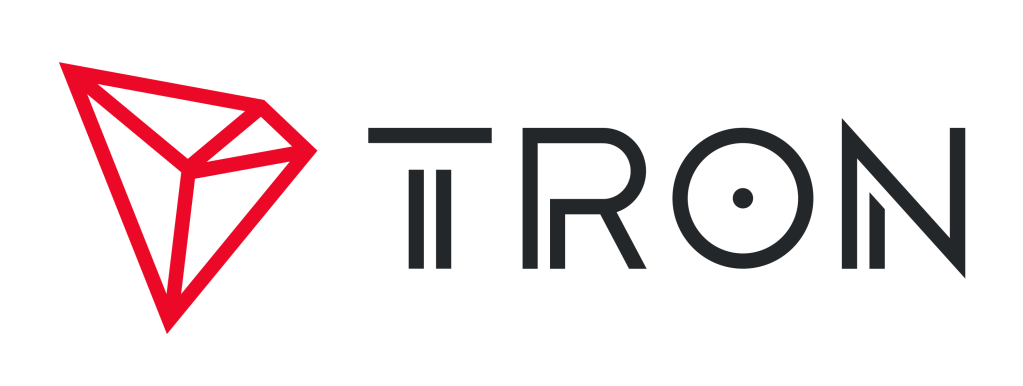
Introduction
The introduction of Bitcoin in 2009 revolutionized society’s perception of the traditional financial system in the wake of the Great Recession (2007-2008). As centralized hedge funds and banks collapsed from speculation in opaque financial derivatives, blockchain technology provided a transparent universal ledger from which anybody could glean transaction information.
The transactions were cryptographically secured using a Proof of Work (PoW) consensus mechanism, thus preventing double spend issues. In late 2013, the Ethereum white paper proposed a network in which smart contracts and a Turing-complete Ethereum Virtual Machine (EVM) would allow developers to interact with the network through DApps.
However, as transaction volumes in Bitcoin and Ethereum peaked in 2017, it was apparent from the low transaction throughput times and high transaction fees that cryptocurrencies like Bitcoin and Ethereum in their existing state were not scalable for widespread adoption. Thus, TRON was founded and envisioned as an innovative solution to these pressing scalability challenges.
Vision
TRON is an ambitious project dedicated to the establishment of a truly decentralized Internet and its infrastructure. The TRON Protocol, one of the largest blockchain-based operating systems in the world, offers public blockchain support of high throughput, high scalability, and high availability for all Decentralized Applications (DApps) in the TRON ecosystem. The July 2018 acquisition of BitTorrent further cemented TRON’s leadership in pursuing a decentralized ecosystem.
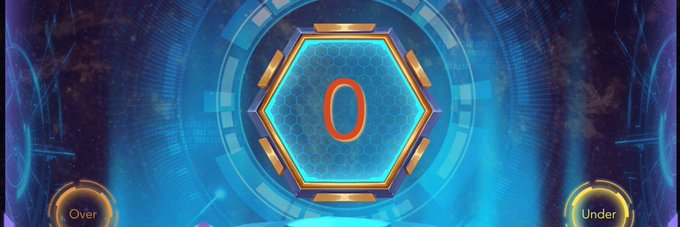
Architecture
TRON adopts a 3-layer architecture divided into Storage Layer, Core Layer, and Application Layer. The TRON protocol adheres to Google Protobuf, which intrinsically supports multi-language extension.
● Core
There are several modules in the core layer, including smart contracts, account management, and consensus. A stack-based virtual machine is implemented on TRON and an optimized instruction set is used. In order to better support DApp developers, Solidity was chosen as the smart contract 4 language, followed by future support of other advanced languages. In addition, TRON’s consensus mechanism is based on Delegated Proof of Stake (DPoS) and many innovations were made in order to meet its unique requirements.
● Storage
TRON designed a unique distributed storage protocol consisting of Block Storage and State Storage. The notion of a graph database was introduced into the design of the storage layer to better meet the need for diversified data storage in the real world.
● Application
Developers can create a diverse range of DApps and customized wallets on TRON. Since TRON enables smart contracts to be deployed and executed, the opportunities of utility applications are unlimited.
● Protocol
TRON protocol adheres to Google Protocol Buffers , which is a language-neutral, platform-neutral, 5 and extensible way of serializing structured data for use in communications protocols, data storage, and more.
● Decentralized Exchange (DEX)
The TRON network natively supports decentralized exchange functions. A decentralized exchange consists of multiple trading pairs. A trading pair (notation “Exchange”) is an Exchange Market between TRC-10 tokens, or between a TRC-10 token and TRX. Any account can create a trading pair between any tokens, even if the same pair already exists on the TRON network. Trading and price fluctuations of the trading pairs follow the Bancor Protocol . The TRON network stipulates that 6 the weights of the two tokens in all trading pairs are equal, so the ratio of their balances is the price between them. For example, consider a trading pair containing two tokens, ABC and DEF. ABC has a balance of 10 million and DEF has a balance of 1 million. Since their weights are equal, 10 ABC = 1 DEF. This means that the ratio of ABC to DEF is 10 ABC per DEF.
TRON Virtual Machine (TVM)
TRON Virtual Machine (TVM) is a lightweight, Turing complete virtual machine developed for the TRON’s ecosystem. Its goal is to provide a custom-built blockchain system that is efficient, convenient, stable, secure and scalable. TVM initially forked from EVM and can connect seamlessly with the existing solidity smart contract 11 development ecosystem. Based on that, TVM additionally supports DPoS consensus. TVM employs the concept of Energy. Different from the Gas mechanism on EVM, operations of transactions and smart contracts on TVM are free, with no TRX consumed. Technically, executable computation capacity on TVM is not restricted by total holding amount of tokens.
Smart Contract
A smart contract is a protocol that digitally verifies contract negotiation. They define the rules and penalties related to an agreement and also automatically enforce those obligations. The smart contract code facilitates, verifies, and enforces the negotiation or performance of an agreement or transaction. From a tokenization perspective, smart contracts also facilitate automatic funds transfers between participating parties should certain criteria be met.
TRON smart contracts are written in the Solidity language. Once written and tested, they can be compiled into bytecode, then deployed onto the TRON network for the TRON Virtual Machine. Once deployed, smart contracts can be queried via their contract addresses. The contract Application Binary Interface (ABI) shows the contract’s call functions and is used for interacting with the network.
DApp Development
● APIs
The TRON network offers a wide selection of over 60+ HTTP API gateways for interacting with the network via Full and Solidity Nodes. Additionally, TronWeb is a comprehensive JavaScript library containing API functions that enable developers to deploy smart contracts, change the blockchain state, query blockchain and contract information, trade on the DEX, and much more. These API gateways can be directed towards a local privatenet, the Shasta testnet, or the TRON Mainnet.
● Networks
TRON has both a Shasta testnet as well as a Mainnet. Developers may connect to the networks by deploying nodes, interacting via TronStudio, or using APIs via the TronGrid service. The TronGrid service consists of load balanced node clusters hosted on AWS servers worldwide. As DApp development scales up and API call volumes increase, TronGrid successfully fields the increase in API traffic.
● Tools
TRON offers a suite of development tools for enabling developers to create innovative DApps. TronBox is a framework that allows developers to test and deploy smart contracts via the TronWeb API. TronGrid is a load balanced and hosted API service that allows developers to access the TRON network without having to run their own node. TronGrid offers access to both the Shasta testnet as well as the TRON Mainnet. TronStudio is a comprehensive Integrated Development Environment (IDE) that enables developers to compile, deploy, and debug their Solidity smart contracts. TronStudio contains an internal full node that creates a private local environment for smart contract testing prior to deployment. The TronWeb API library connects developers to the network via a wide selection of HTTP API calls wrapped in JavaScript.
● Resources
The TRON Developer Hub is a comprehensive API documentation site tailored towards developers wishing to build on the TRON network. The Developer Hub provides a high-level conceptual understanding of TRON and walks users through the details of interacting with the network. The guides walk developers through node setup, deployment and interaction with smart contracts, API interaction and implementation, building sample DApps, and using each of the developer tools. Additionally, developer community channels are available through Discord.
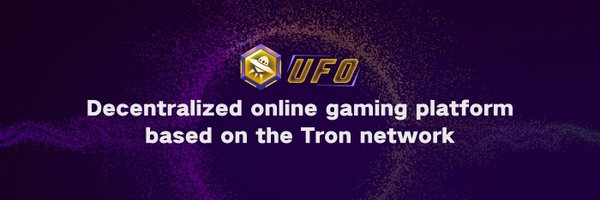
Energy Model
The maximum energy limit for deploying and triggering a smart contract is a function of several variables:
● Dynamic energy from freezing 1 TRX is 50,000,000,000 (Total Energy Limit) / (Total Energy Weight)
● Energy limit is the daily account energy limit from freezing TRX
● Remaining daily account energy from freezing TRX is calculated as Energy Limit – Energy Used
● Fee limit in TRX is set in smart contract deploy/trigger call
● Remaining usable TRX in the account
● Energy per TRX if purchased directly (10 SUN = 1 Energy) = 100,000, SRs can vote on adjustment
Deployment
When a TRON solidity smart contract is compiled, the TRON Virtual Machine reads the compiled bytecode. The bytecode consists of a section for code deployment, contract code, and the Auxdata. The Auxdata is the source code’s cryptographic fingerprint, used for verification. The deployment bytecode runs the constructor function and sets up the initial storage variables. The deployment code also calculates the contract code and returns it to the TVM. The ABI is a JSON file that describes a TRON smart contract’s functions. This file defines the function names, their payability, the function return values, and their state mutability.
Trigger Function
Once the TRON smart contracts are deployed, their functions can be triggered individually either via TronStudio or through API calls. State-changing functions require Energy while read-only functions execute without Energy.
TRON Solidity
TRON Solidity is a fork from Ethereum’s Solidity language. TRON modifies the original project to support TRX and SUN units (1 TRX = 1,000,000 SUN). The rest of the language syntax is compatible with Solidity ^0.4.24. Thus the Tron Virtual Machine (TVM) is almost 100% compatible with EVM instructions.
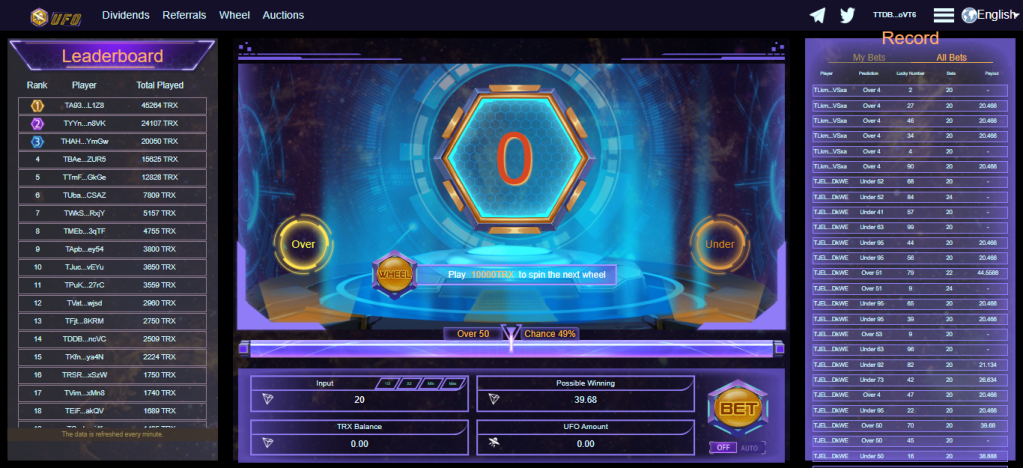
Token
● TRC-10 Token
In the TRON network, each account can issue tokens at the expense of 1024 TRX. To issue tokens, the issuer needs to specify a token name, the total capitalization, the exchange rate to TRX, circulation duration, description, website, maximum bandwidth consumption per account, total bandwidth consumption, and the amount of token frozen. Each token issuance can also configure each account’s maximum daily token transfer Bandwidth Points, the entire network’s maximum daily token transfer Bandwidth Points, total token supply, locking duration in days, and the total amount of tokens locked.
● TRC-20 Token
TRC-20 is a technical standard used for smart contracts implementing tokens supported by the TRON Virtual Machine. It is fully compatible with ERC-20.
From a developer’s perspective, there are several differences between TRC-10 and TRC-20. Some of the key differences are that TRC-10 tokens are accessible by APIs and smart contracts while TRC-20 tokens allow for interface customization but are only accessible within smart contracts.
From a cost perspective, TRC-10 tokens have transaction fees that are 1000 times lower than TRC-20, but carry bandwidth costs for API transfers and deposits. Transfers and deposits in smart contracts for TRC-10 tokens cost both bandwidth and energy.
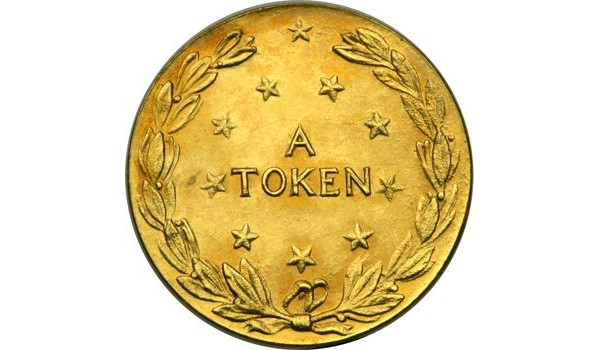
This function returns the total supply of the token.
contract MyTRCToken {
uint256 _totalSupply = 1000000;
function totalSupply() constant returns (uint256 theTotalSuppl {
theTotalSupply = _totalSupply;
return theTotalSupply;
Combined with the current number of TRXs used for rewards D(day) and the current total number of votes for the entire network of 8.8 billion, we can calculate the average profit per day for each vote:
● P(day) = D(day) / 8.8 billion = 0.0000157 TRX
● After the TIP53 proposal being implemented in the Odyssey v3.6.5, the number of TRXs used for rewards per day new D(day):
● new D(day) = new R(block) + new R(vote) = 5067392 TRX
TRX Market Performance
● Total Market Cap: $1.306B
● Price: $0.020
● 24h Volume: $1767.570M
● Global Rank: 15
● Holders: 4,736,266
ROADMAP
March, 2014
TRON is established
July, 2017
TRON Foundation is established in Singapore
December, 2017
TRON launches its open source protocol
May 31, 2018
TRON launches MainNet
Odyssey 2.0 is a technical milestone for TRON
June 25, 2018
TRON Independence Day
The Genesis block has been created with the consensus of TRON community
July 24, 2018
TRON successfully completed the acquisition of BitTorrent and all its products, and incorporated them into TRON’s ecosystem
August 23, 2018
The first 27 super representatives of TRON were born
August 30, 2018
The TRON virtual machine (TVM) was officially launched
October 2018
TRON’s decentralized application store DappHouse was established
January 17, 2019
TRON held the niTROn Summit 2019 Global Summit and Kobe Bryant was invited to attend
January 28, 2019
The BitTorrent (BTT) crowdfunding concluded within 14 minutes and 41 seconds on the Binance Launchpad
Community Contributor
Our team is the Blockchain Welfare Foundation in Malta and has been actively involved in the ecological construction of TRON. The team consists of more than 30 people all over the world, mostly developers and operators. In the future, we will be bound to the TRON ecological development in the long run. To perfect the Tronscan, we will also develop DApps based on TRON.

Skye
Collect community comments and help solve them

Ariml
Provide more inspiration for the design of the page

HarryXu
Provide front-end technical support

Lee
Do a lot work of translation for the Japanese version

Zach
Provide back-end technical&test support

Vincent Lau
Provide a lot blockchain technical support
Conclusion
TRON is a scalable blockchain solution that has employed innovative methods for tackling challenges faced by legacy blockchain networks. Having reached over 2M transactions per day, with over 700K TRX accounts, and surpassing 2000 TPS, TRON has enabled the community in creating a decentralized and democratized network.
For more detailed information, please visit the link below:
● Tron Ufo: https://tronufo.me/?r=TTDBMnh7ivc22xz1hb7xANxadi9BgdoVT6
● Telegram: https://t.me/TronUFOWorld
● Twitter: https://twitter.com/ufofoundation
● WhitePaper: https://tronufo.co/UFOWhitePaper-EN.pdf
AUTHOR
Bitcointalk Username: Dewi08
Telegram Username: @ dhewio8
Bitcointalk url: https://bitcointalk.org/index.php?action=profile;u=894088
Wallet address (eth): 0x53D1Ea8619E638e286f914987D107d570fDD686B